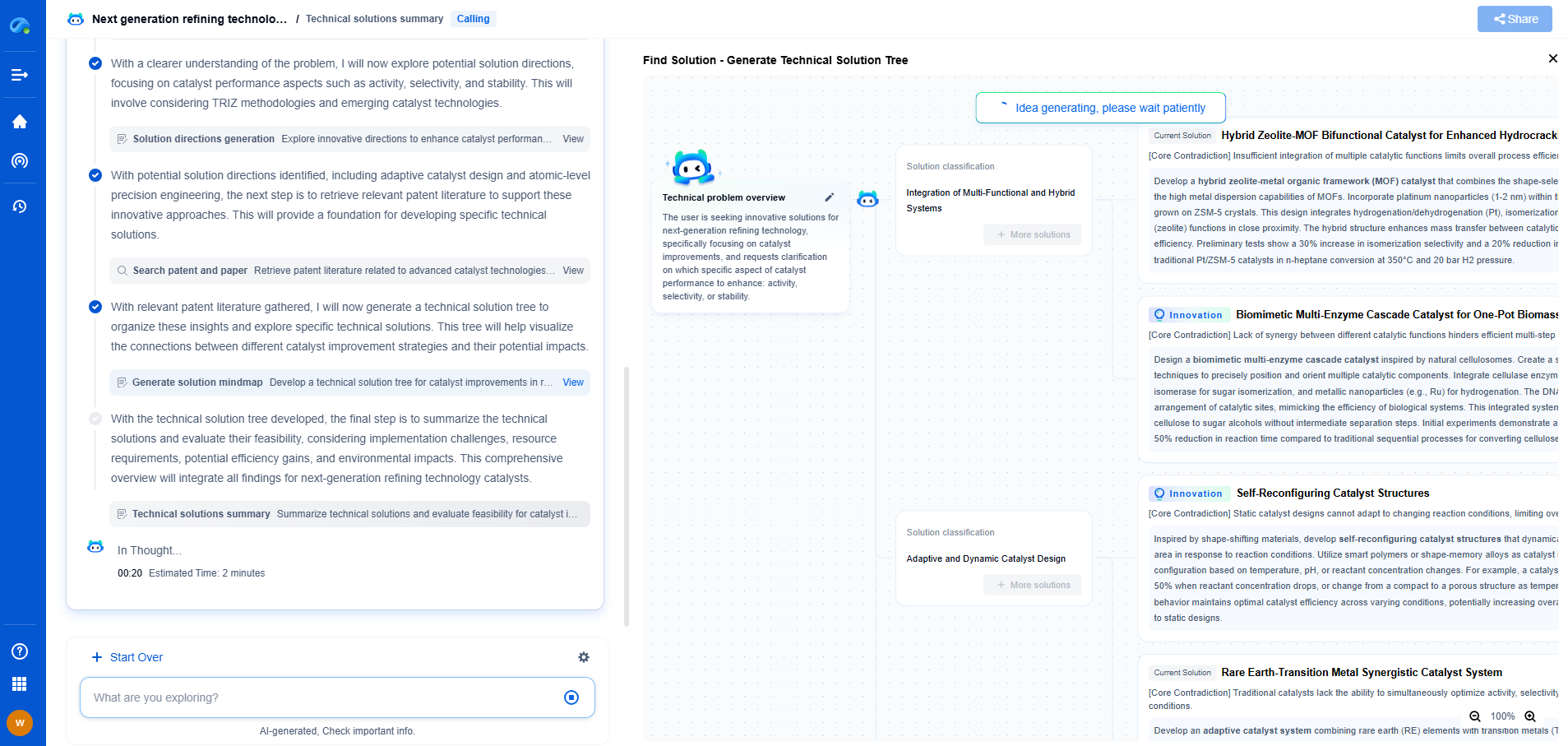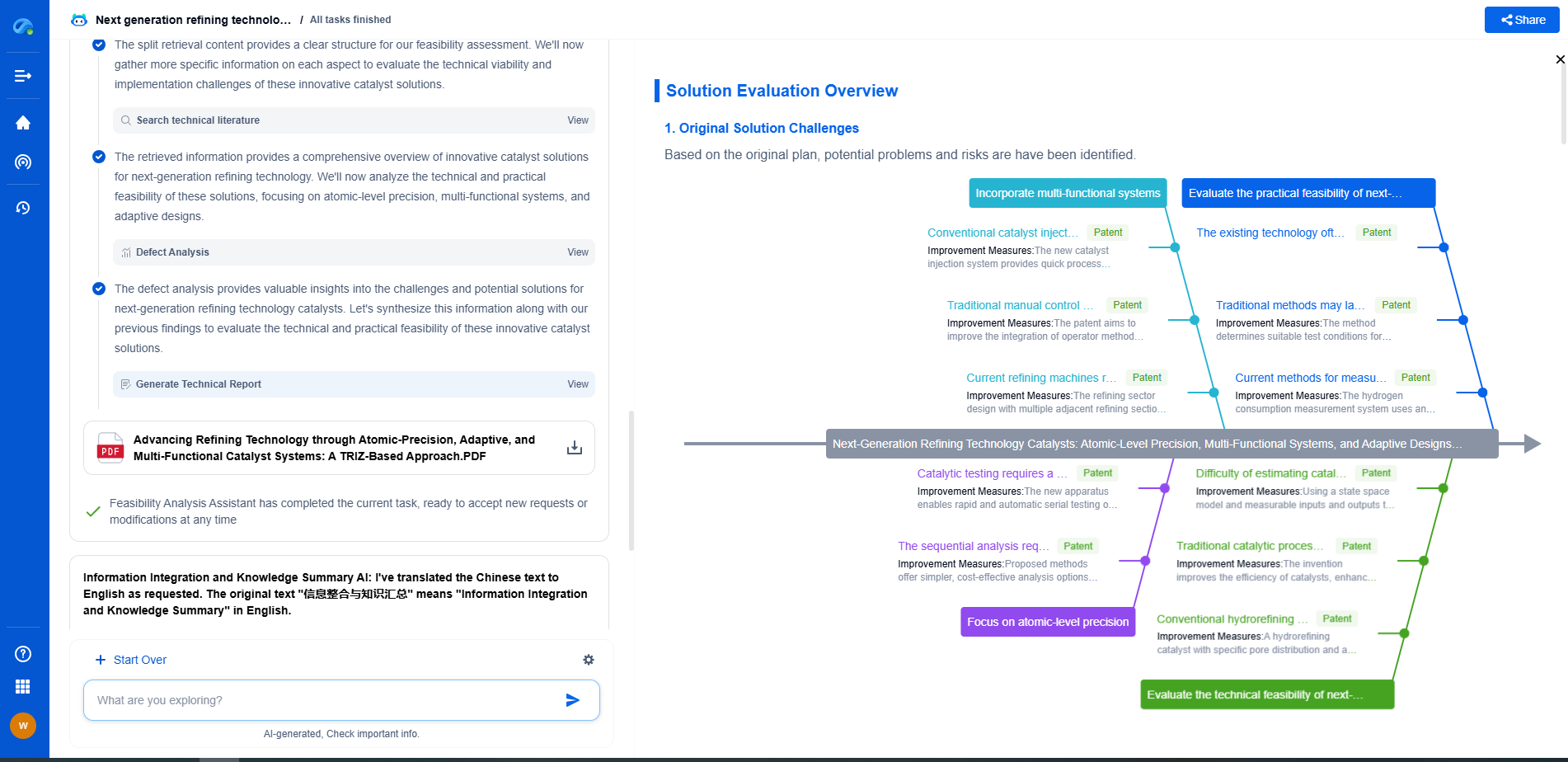What is a teach pendant and how does it work?
JUN 26, 2025 |
In the world of industrial automation, robots play a crucial role in enhancing productivity and efficiency. One key element that facilitates the programming and control of these robots is a device known as the teach pendant. In this article, we will explore what teach pendants are, how they function, and why they are essential in modern manufacturing processes.
What is a Teach Pendant?
A teach pendant is a handheld device used to program and control robotic systems. It serves as an interface between the human operator and the robot, allowing for easy manipulation and configuration. The teach pendant typically features a range of buttons, switches, and sometimes a touchscreen, enabling users to input commands and adjust settings directly. It is designed to be portable, so operators can move around the robot to perform programming tasks efficiently.
Key Features of a Teach Pendant
Teach pendants come equipped with various features that make them indispensable in robot programming:
1. **User-Friendly Interface**: Teach pendants are designed with intuitive interfaces that simplify the programming process. The layout of buttons and controls is often ergonomic, allowing operators to work comfortably for extended periods.
2. **Real-Time Control**: Operators can use teach pendants to move robots in real-time. This feature is crucial for tasks that require precision, as it allows users to adjust movements directly and observe the robot's actions instantaneously.
3. **Safety Functions**: Most teach pendants include emergency stop buttons and other safety features to protect operators and equipment during programming and testing phases.
4. **Programming Capability**: Teach pendants enable the creation and modification of complex robot programs. Users can define specific paths, set parameters, and apply logic conditions directly through the device.
How Does a Teach Pendant Work?
Understanding the operation of a teach pendant involves looking at its interaction with both the human user and the robotic system. Here’s a breakdown of its functionality:
1. **Input and Command Execution**: The operator inputs commands via the teach pendant, which are then transmitted to the robot's control system. This process involves selecting specific functions through buttons, switches, or a touchscreen interface.
2. **Motion Control**: Through the pendant, operators can manually guide the robot’s movements by controlling its joints or axes. This guiding helps in setting up tasks such as welding, assembly, or material handling.
3. **Program Creation and Editing**: The teach pendant allows operators to create detailed programs. They can define sequences of actions that the robot must perform, such as pick-and-place operations or path-following tasks.
4. **Feedback and Adjustments**: Many teach pendants offer feedback options, such as displaying the robot’s current status or position. This information is vital for making necessary adjustments to ensure optimal performance.
Benefits of Using Teach Pendants
Teach pendants provide numerous advantages in robotic automation:
1. **Ease of Use**: Their straightforward design makes them accessible even to those new to robotics. With minimal training, operators can quickly learn to program and control robots effectively.
2. **Flexibility**: Teach pendants offer flexibility in programming, making it possible to adapt robots to different tasks without needing extensive reconfiguration.
3. **Improved Safety**: Built-in safety features help mitigate risks during robot programming and operation, protecting both personnel and machinery.
4. **Enhanced Productivity**: By enabling quick and precise robot programming, teach pendants contribute to faster setup times and more efficient production processes.
Conclusion
Teach pendants are indispensable tools in industrial robotics. They bridge the gap between human operators and complex robotic systems, providing intuitive control and programming capabilities. As automation continues to advance, teach pendants will remain central to achieving precision, safety, and efficiency in manufacturing environments. Whether you are new to robotics or an experienced operator, understanding the functionality and benefits of teach pendants can significantly impact your work with automated systems.
Ready to Redefine Your Robotics R&D Workflow?
Whether you're designing next-generation robotic arms, optimizing manipulator kinematics, or mining patent data for innovation insights, Patsnap Eureka, our cutting-edge AI assistant, is built for R&D and IP professionals in high-tech industries, is built to accelerate every step of your journey.
No more getting buried in thousands of documents or wasting time on repetitive technical analysis. Our AI Agent helps R&D and IP teams in high-tech enterprises save hundreds of hours, reduce risk of oversight, and move from concept to prototype faster than ever before.
👉 Experience how AI can revolutionize your robotics innovation cycle. Explore Patsnap Eureka today and see the difference.
- R&D
- Intellectual Property
- Life Sciences
- Materials
- Tech Scout
- Unparalleled Data Quality
- Higher Quality Content
- 60% Fewer Hallucinations
Browse by: Latest US Patents, China's latest patents, Technical Efficacy Thesaurus, Application Domain, Technology Topic, Popular Technical Reports.
© 2025 PatSnap. All rights reserved.Legal|Privacy policy|Modern Slavery Act Transparency Statement|Sitemap|About US| Contact US: help@patsnap.com

